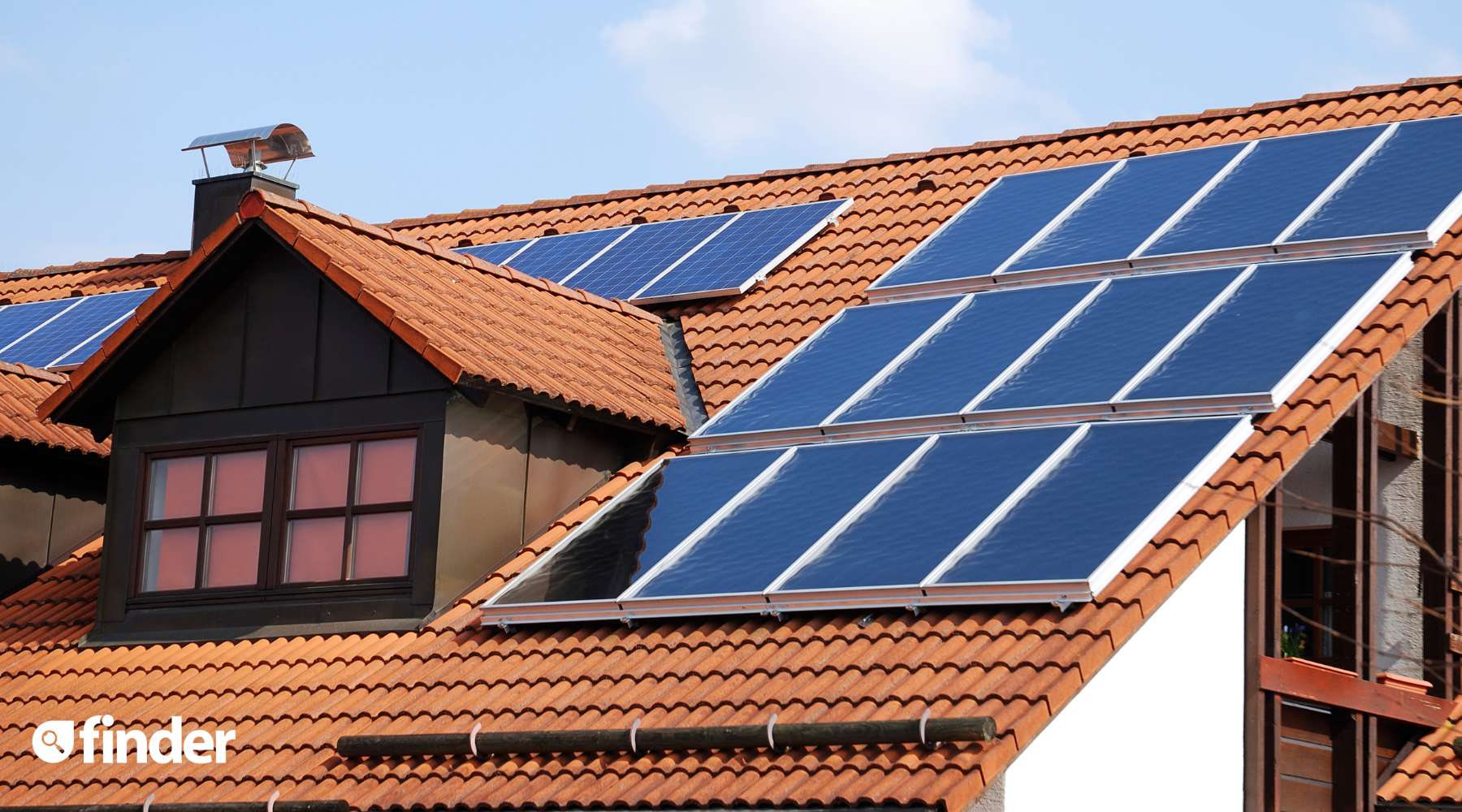Solar feed-in tariff in VIC drops to all-time low – here’s why

The minimum solar feed-in tariff energy retailers must pay households in VIC is being cut by 32%.
Households in VIC with rooftop solar will get less money back for feeding power to the grid for the 2024-25 financial year.
The Essential Services Commission (ESC) has dropped the base rate for the solar feed-in tariff to 3.3 cents per kWh.
Flexible or time-varying feed-in tariffs will range from 2.1 to 8.4 cents per kWh, down from 4.4 to 11.3 cents per kWh.
The new rates will come into effect from 1 July 2024.
So, why are rooftop solar owners in VIC going to be worse off?
According to the ESC, it was legally obligated to lower the pricing to reflect the true value of solar exports.
To put it simply, the "increased availability of solar energy has decreased demand for and increased the supply of electricity during daylight hours which has led to lower wholesale prices when solar panels are exporting [energy to the grid]."
And to reflect lower wholesale prices, the ESC has had to tweak the minimum solar feed-in tariff rates.
"The changes in the minimum feed-in tariffs offered in Victoria post-July this year reflect the significant decline in wholesale prices," Gavin Dufty, policy and research manager at St Vincent de Paul Society says to Finder.
"It is worth noting that the Victorian decision includes an additional uplift of 2.5 cents per kilowatt hour for the social and environmental benefits of solar exports. As such, these minimum rates without this subsidy would be significantly lower."
What do I do now?
Both Dufty and the ESC suggest households in VIC with solar should start switching when they consume power the most.
"Consumers will get the best value from their solar by using the power they generate to avoid paying retail energy prices for the electricity they use," executive director of price monitoring and regulation, Marcus Crudden says in a media release.
Shifting electricity usage to daylight hours – when solar is producing – is the best way to maximise the financial return on a solar system. This can save most solar customers in the order of around 30 cents per kWh – a far more efficient option than exporting electricity to the grid during daylight hours.
You can also compare solar electricity plans to see if any retailer is offering higher feed-in tariffs than what you're currently on.
There are solar panel rebates of up to $1,400 available from the VIC government if you're considering installing solar. Or, you can apply for an interest-free loan, which is also available via the state government.
Compare electricity plans in VIC to see if you can get a cheaper deal than what you're currently on.
Sources
Image: @manfredxy via Canva.com
Ask a question
